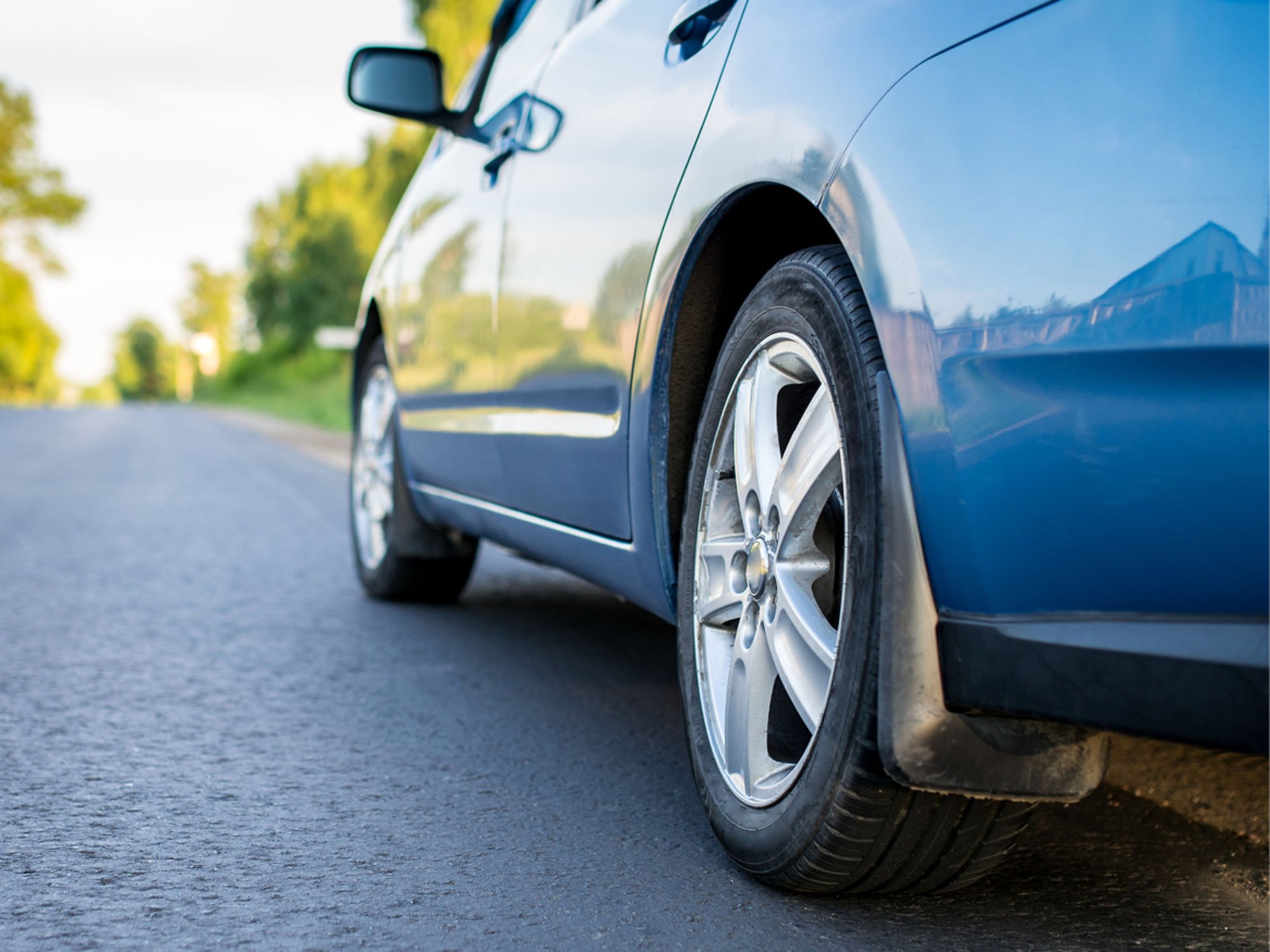
As connected technologies and autonomous solutions evolve at breakneck speed in the automotive industry, the driving experience is expected to change drastically over the course of the next decade. With this influx of technology on our roads, let’s explore what this means for the relationship between out-of-home (OOH) advertising and drivers, as well as opportunities that present themselves to advertisers as our world, and commutes, become more connected.
Safety
One of the main selling points of autonomous vehicles is their ability to create safer roads. According to a study by the Eno Centre for Transportation, if 90 percent of cars on American roads were autonomous, the number of accidents would fall from six million per year to 1.3 million and deaths would fall from 33,000 per year to 11,300.
Such wholesale changes to mobility will take time, but semi-autonomous features, such as lane-assist and adaptive cruise control systems, can be found on roads today. These systems allow vehicles to manage more predictable driving situations, like highway commutes, which free drivers to focus their attention elsewhere. As these systems and other autonomous technologies continue to advance — ultimately making the driving experience less driver intensive and safer — it presents an opportunity for advertisers to create more engaging interactions with drivers. U.S. consulting firm, McKinsey & Company, estimates that autonomous vehicles could free as much as 50 minutes per day for drivers, who will be able to spend travel time relaxing, taking in their surroundings and, of course, seeing roadside ads.
Instant Interaction
In addition to the increased time available to view OOH ads, self-driving vehicles are going to change how drivers and passengers interact with them as well due to increases in-car connectivity and Wi-Fi capability. Since the driving function will be managed by the car, future billboard technology will have more freedom to tap into that connectivity and communicate with riders directly.
This means more opportunities for passengers to experience digital and app experiences while in transit, and OOH ads will play a key role in sharing those opportunities with commuters. According to the Pew Research Center, more than 77 percent of Americans now own a smartphone. This number will only grow over time, and as it does, it will translate to more OOH advertisers leveraging riders’ mobile connection to share more targeted and relevant ad efforts that will increase engagement and user satisfaction.
Public Transportation
Even though autonomous vehicles will have great effect on personal mobility, they will not be ending public transportation anytime soon. In dense cities, public transit will remain the most efficient form of transportation; however, that’s not to say public transportation will not undergo the same autonomous revolution that cars are experiencing. Driverless solutions are popping up around the world and it’s likely that as autonomous cars grow, there also will be a growth in autonomous buses, trains and streetcars.
This is all good news for OOH advertisers. With the spread of autonomous public transportation there will be a growth in digital connectivity in areas with heavy foot traffic, in particular bus and train stations. According to a report from the Outdoor Advertising Association of America, OOH mediums such as smart benches, bus stop ads, and kiosks will offer touch points for passengers that, like advanced billboards, will provide opportunities for OOH advertisers to deliver more high-value, quality content that people with mobile connections are more likely to engage.
In all, connectivity and autonomous solutions do not develop in a vacuum. As they progress, so do other technologies and industries, and it’s important for us as advertisers to take note and recognize how these advancements affect how we reach consumers.
This means more opportunities for passengers to experience digital and app experiences while in transit, and OOH ads will play a key role in sharing those opportunities with commuters. According to the Pew Research Center, more than 77 percent of Americans now own a smartphone. This number will only grow over time, and as it does, it will translate to more OOH advertisers leveraging riders’ mobile connection to share more targeted and relevant ad efforts that will increase engagement and user satisfaction.
Originally posted in Target Marketing.
Download the PDF
Published: August 28, 2017